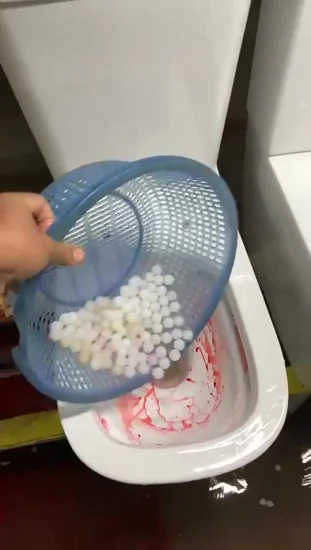Can One to Flush Food Down the Toilet?
Can One to Flush Food Down the Toilet?
Blog Article
This post in the next paragraphs about What Can Happen If You Flush Food Down the Toilet? is definitely compelling. Try it and draw your own personal assumptions.

Intro
Many people are usually faced with the predicament of what to do with food waste, specifically when it concerns leftovers or scraps. One usual question that develops is whether it's alright to flush food down the bathroom. In this write-up, we'll look into the reasons that people may think about flushing food, the repercussions of doing so, and alternate techniques for proper disposal.
Reasons that individuals might consider purging food
Lack of recognition
Some people may not be aware of the possible harm brought on by flushing food down the commode. They may erroneously believe that it's a safe practice.
Ease
Flushing food down the bathroom might seem like a fast and very easy service to dealing with undesirable scraps, specifically when there's no nearby trash can readily available.
Laziness
In some cases, people might merely select to flush food out of large negligence, without taking into consideration the consequences of their actions.
Consequences of flushing food down the toilet
Ecological impact
Food waste that ends up in rivers can contribute to air pollution and harm water ecological communities. Additionally, the water made use of to purge food can strain water sources.
Pipes issues
Flushing food can bring about clogged pipes and drains pipes, creating costly plumbing repair services and inconveniences.
Types of food that must not be purged
Coarse foods
Foods with coarse appearances such as celery or corn husks can obtain tangled in pipes and cause clogs.
Starchy foods
Starchy foods like pasta and rice can absorb water and swell, resulting in obstructions in pipes.
Oils and fats
Greasy foods like bacon or cooking oils ought to never ever be purged down the bathroom as they can solidify and trigger blockages.
Proper disposal methods for food waste
Making use of a waste disposal unit
For homes furnished with waste disposal unit, food scraps can be ground up and flushed with the plumbing system. However, not all foods appropriate for disposal in this fashion.
Recycling
Particular food product packaging materials can be recycled, lowering waste and minimizing environmental impact.
Composting
Composting is a green method to dispose of food waste. Organic materials can be composted and made use of to improve soil for gardening.
The significance of appropriate waste administration
Reducing ecological damage
Correct waste management practices, such as composting and recycling, aid reduce air pollution and preserve natural resources for future generations.
Shielding plumbing systems
By preventing the method of flushing food down the commode, homeowners can avoid expensive pipes fixings and preserve the stability of their pipes systems.
Final thought
Finally, while it might be alluring to purge food down the bathroom for comfort, it is necessary to recognize the possible effects of this activity. By taking on correct waste administration practices and getting rid of food waste responsibly, individuals can add to healthier plumbing systems and a cleaner setting for all.
FLUSH FOOD DOWN THE TOILET?
FLUSHING FOOD CAN CAUSE BLOCKED DRAINS IN YOUR HOME
All of the plumbing fixtures in your home are connected to the same sewer pipe outside of your home. This outdoor sewer pipe is responsible for transporting all the wastewater from your home to the Council sewer mains. Even small pieces of food that go down the kitchen sink can cause problems for your sewer. It should therefore be obvious that flushing larger bits of food, such as meat, risks a clog in either the toilet itself or the sewer pipes. Flushing greasy food is even more problematic because oil coagulates when it cools, coating the interior lining of your pipes.
THE TOILET IS NOT A BIN
Food isn’t the only thing that people shouldn’t be flushing down the toilet. People use the toilet to dispose of all kinds of things such as tampons, makeup wipes, dental floss, kitty litter and even underwear. Water goes to great lengths to educate residents about the high costs and stress placed on wastewater treatment systems simply from people flushing the wrong stuff down the toilet. It costs taxpayers millions of dollars each year, and homeowners thousands in blocked drain repairs.
FLUSHING FOOD IS A WASTE OF WATER
Flushing food is a waste of our most precious resource - water. In June this year Level 1 water restrictions were introduced to protect water supply from drought conditions. Much of New South Wales continues to be affected by prolonged drought with recent figures revealing up to 97 per cent of the state remains in drought. Depending on whether you have a single or dual flush toilet, every single flush uses between five and 11 litres of water. In the current climate this is a huge amount of water to be wasting on flushing food that should be placed in the bin (or better yet, the compost).
https://www.jabplumbingsolutions.com.au/blog/can-you-flush-food-down-the-toilet

As an avid reader on , I figured sharing that short article was a good idea. I beg you pause to share this write-up if you enjoyed it. Thanks for taking the time to read it.
Schedule Free Estimate Report this page